I could take up this entire article by talking rhetorically about this game’s title. Two Worlds II. Does that make for Four Worlds in total? Can I use “Worlds” as an abstract mathematical operator to work with the two twos? And how does this name compare to, say, Level-5’s upcoming Ni no Kuni: The Another World?
But I’m not here to talk about the game’s name. Nor am I here to talk about the game (which I have not yet played). We’re here to talk about the game’s music, composed by Borislav “Glorian” Slavov and Victor Stoyanov.
European, fantasy-based PC RPGs tend to come with a reputation for boiler plate “wannabe film score” music (yes, it also came out for 360 and PS3, but it is at its core a PC RPG). And though we’ve time and again found counter-examples here at OSV, the sneaking suspicion that any new soundtrack in this genre will reek of mediocrity will continue to creep in. Can Glorian and Stoyanov replace said stench with something fresh and enjoyable? Find out after the jump!
Like many PC soundtracks, the Two Worlds II soundtrack is not available separate from the game; at least, not yet. The OST we listened to comes as a promotional item with the limited edition package of the game. However, it’s not an audio CD. The soundtrack, alongside a variety of other bonus media, is stored on a DVD. They have pre-made mp3s, as well as totally lossless wav files, available on the DVD. It’s a strange way to distribute the audio, but it’s one that is beginning to catch on as a viable middle ground between audio CDs and digital distribution. You get a physical artifact, but it’s not just a disc limited to 75 minutes of audio.
The soundtrack starts big with the orchestral “Two Worlds II Theme.” On my first listen, I found myself annoyed by what I thought would be more LotR-like fodder. Fortunately, the too-grandiose-for-its-own-good overture passes within seconds, and that’s when the meat of the theme is revealed. A simple 12/8 rhythm, provided to us by a harp, comes out over the end drones of the orchestra’s fanfare. A female vocalist adds a melody, and that melody is then held in unison with winds before a solo string instrument (viola? cello?) takes the lead. All told, three fourths of the theme dwells in this realm of pensive, enigmatic goodness. The melody is moving and catchy. I could have done without the super-loud chorus-plus-orchestra in the opening seconds, but at least it didn’t last for the whole theme.
From here, the soundtrack begins to carve out wide, unexpected bends in the path one might expect it to follow. Using the music and instruments of specific ethnic groups, Glorian and Stoyanov quickly earn their “diversity” badge. I detected instruments and musical styles from East Asia, Central Asia, Africa, and Europe (representing a variety of time periods, especially Italian Renaissance) while listening to the soundtrack. But it’s not just about their mere presence. It’s hard for many of us to judge objectively, but there is certainly such a thing as bad or lazy “world music.” Only in one or two instances did I detect lazy ethnomusicology. For the most part, the implementation is solid: sometimes in the extreme of “pure, raw” ethnic music, and other times as a stylized fusion of traditional soundscape with modern technique.
I love the use of pitched percussion (marimba et al) throughout this soundtrack. I’ve noticed a lot of European composers doing excellent work with these instruments in the last few years (see, for example, Kai Rosenkranz on Risen or the Gothic series). These instruments, combined with harp, auxiliary percussion and the human voice, are almost always a naturally beautiful combination. It’s like chocolate and peanut butter.
Perhaps most important, though, is that this soundtrack cannot and should not be compared to “film score.” This music isn’t written for specific cues. It is, for the most part, really good, live-recorded yet loop-able BGM. String attacks are used sparingly; that’s a good thing, as far as I’m concerned.
A note on the quality of the recordings: it is good. It is very good. In fact, it might be a little too “clean” for my tastes. But that is merely a matter of taste. From an objective standpoint, I cannot fault the performers, the audio engineers, mixers, or the composers for doing their absolute best. And it’s clear that this is a “best-foot-forward” kind of project.
While it’s not 100% my “cup of tea,” readers can taken comfort in the fact that this isn’t hackneyed “I have a big-boy crush on Howard Shore” scoring. While it is not exactly original, it is certainly impressive and worthy of a stand-alone listen apart from the game. I, for one, hope that the Glorian/Stoyanov partnership continues for many years to come. May they become Eastern Europe’s equivalent to the famed Sakimoto/Iwata duo, and may they continue to perfect their craft.
Tags: Borislav Slavov, DVD Soundtrack, Glorian, Music Reviews, Poland, Reality Pump, Reviews, Two Worlds II, Victor Stoyanov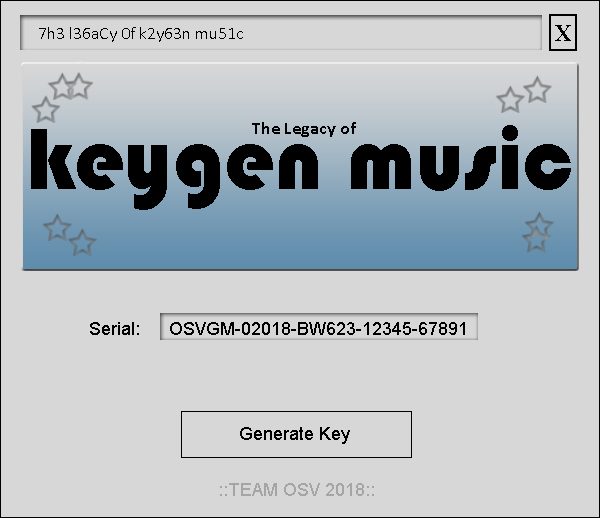
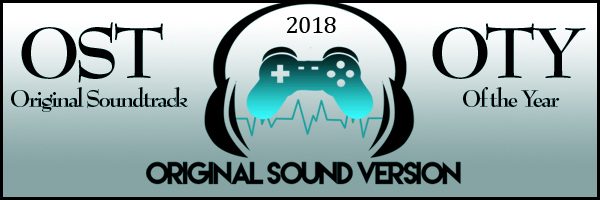
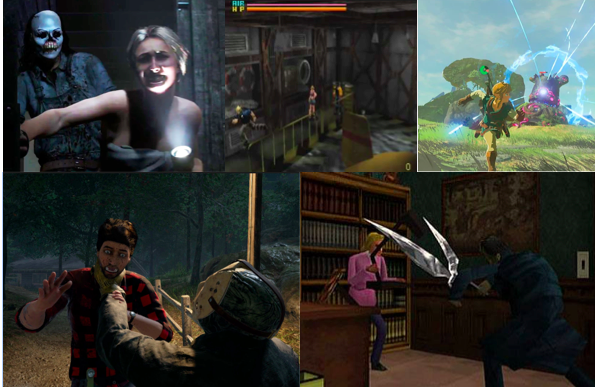


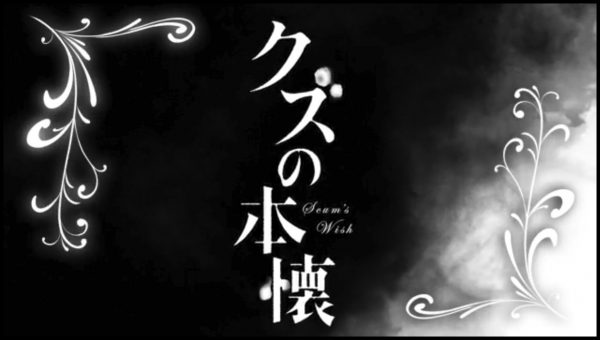


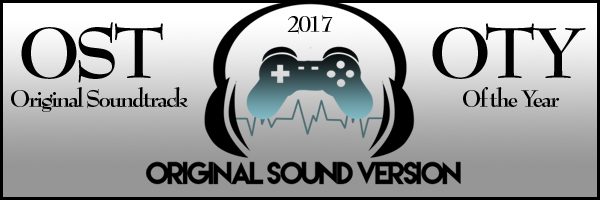
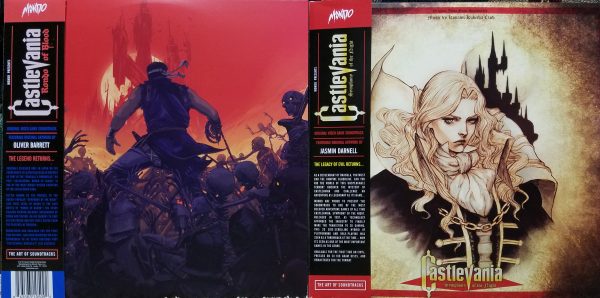
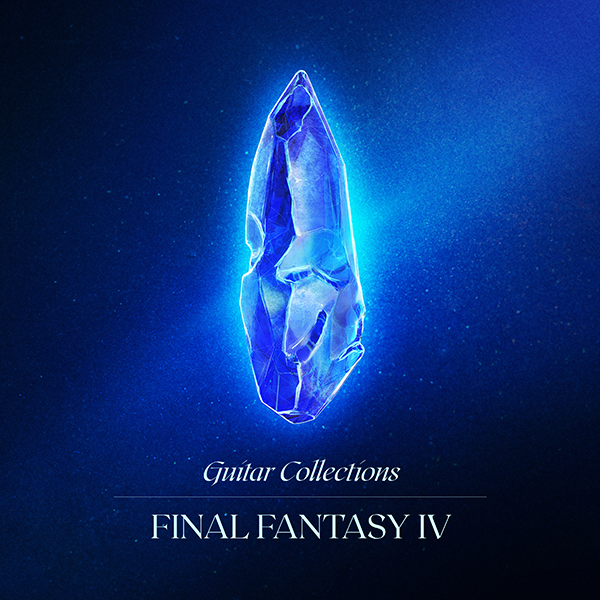
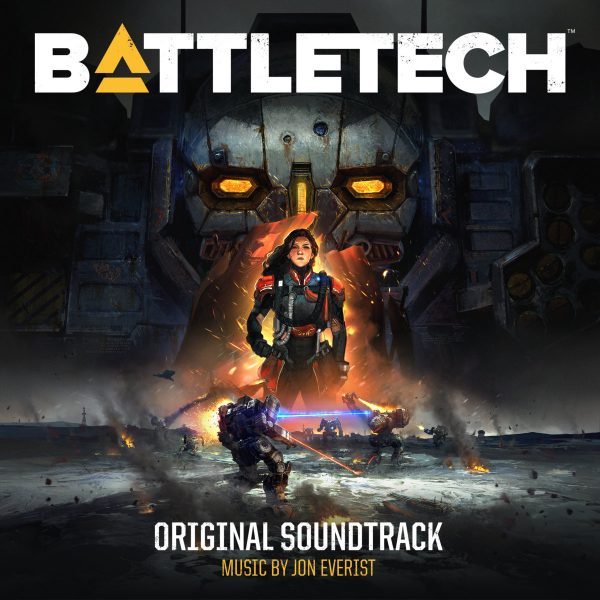
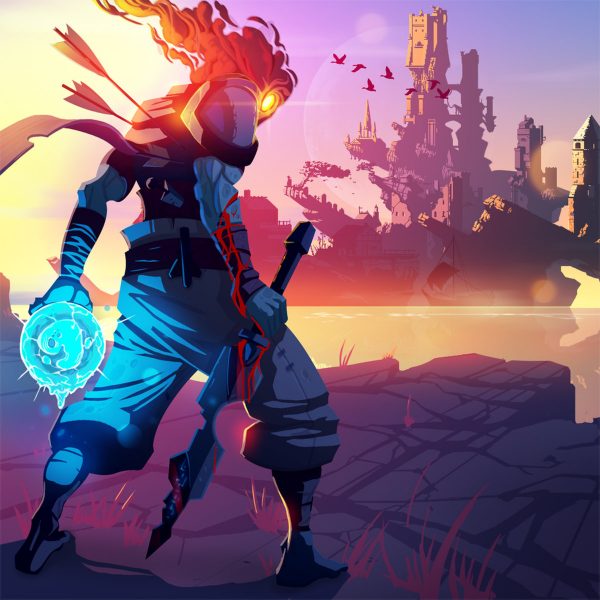
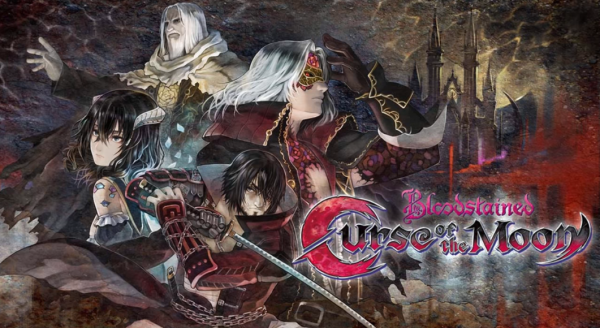
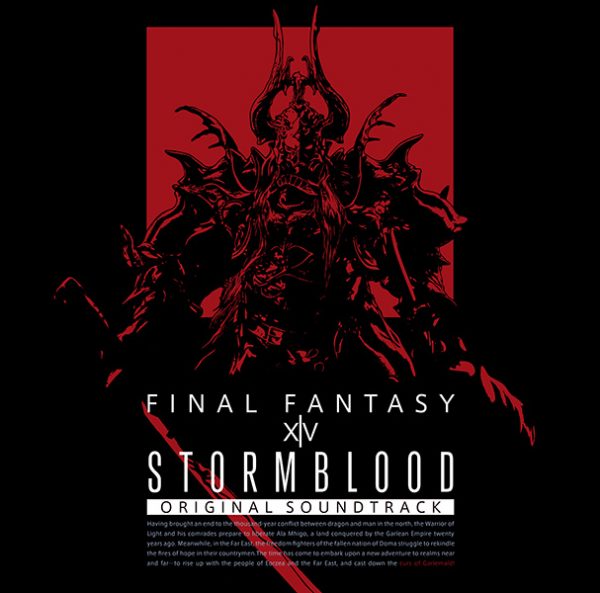
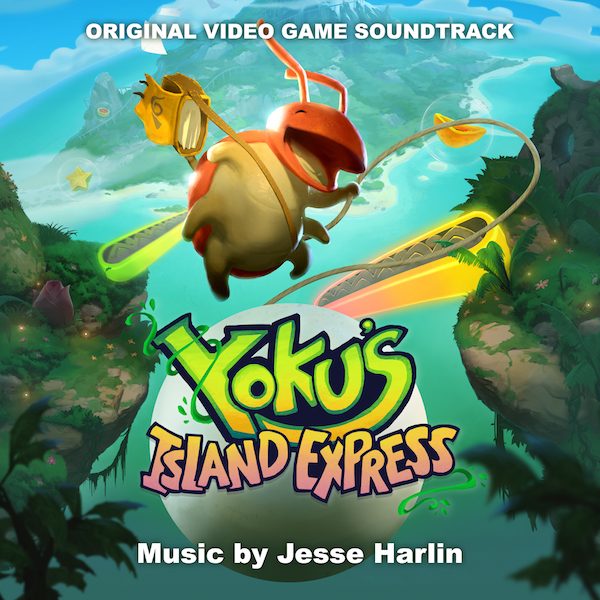
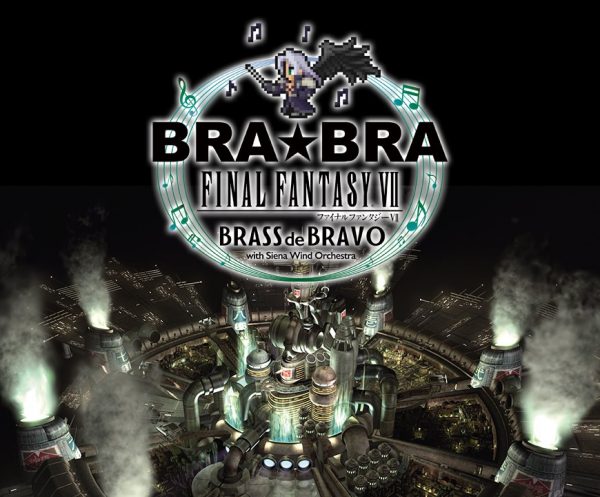
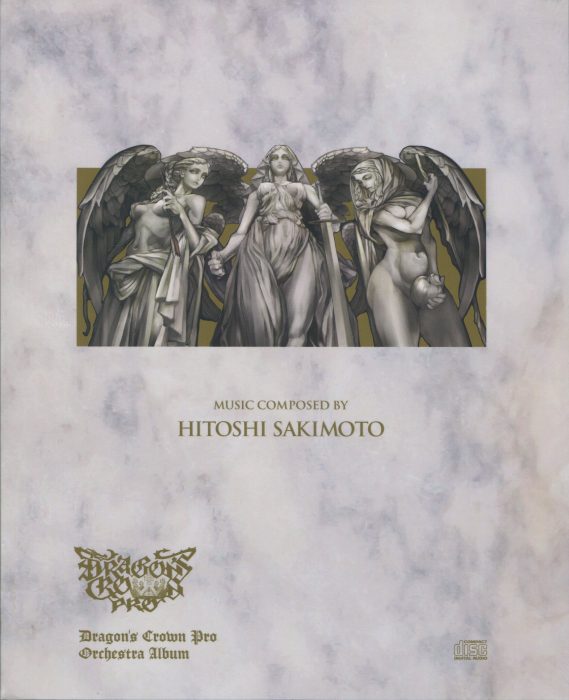
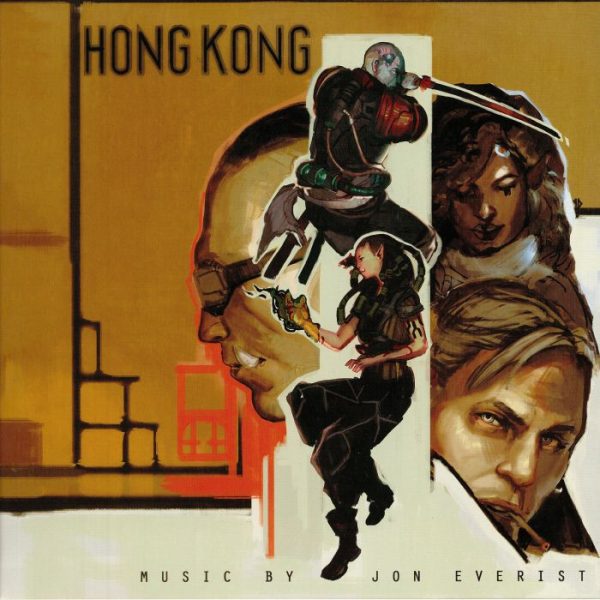
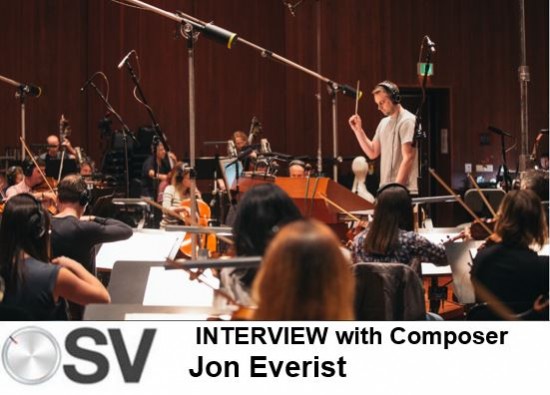
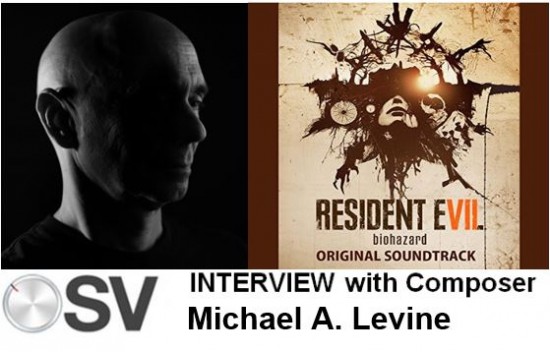
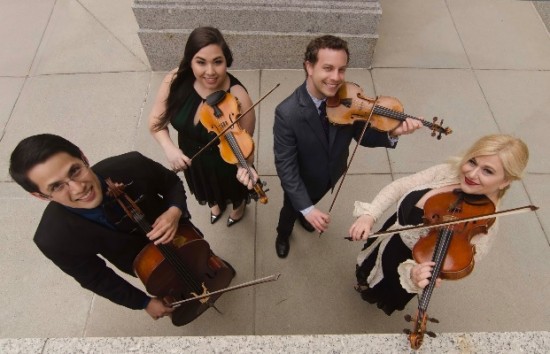
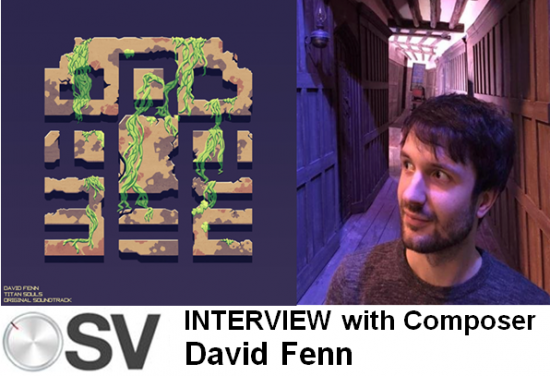
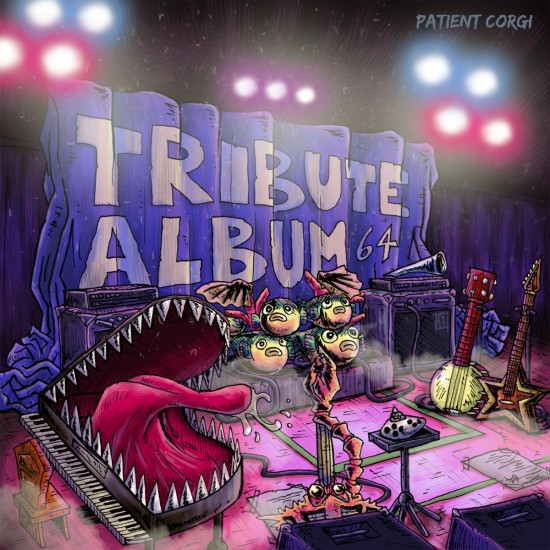
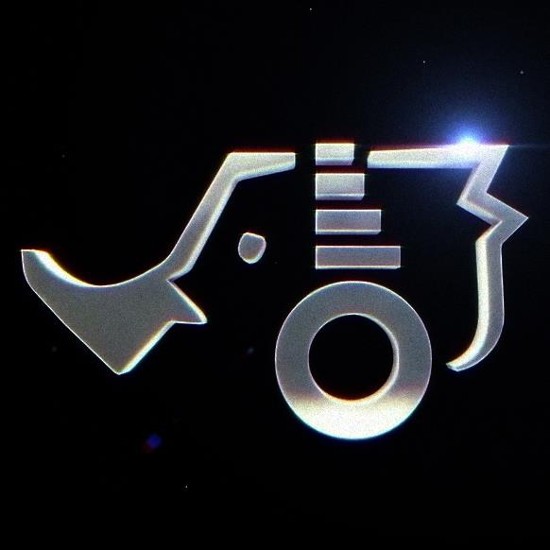
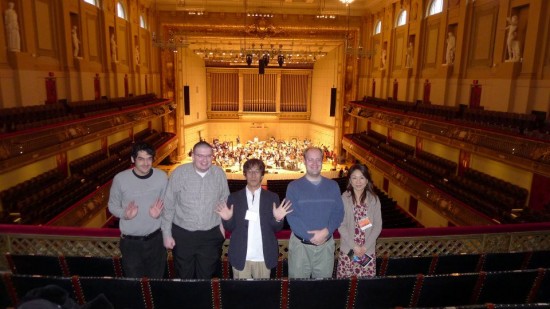
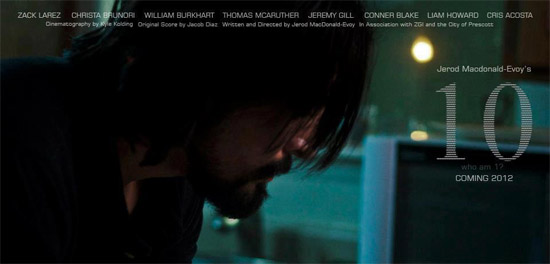
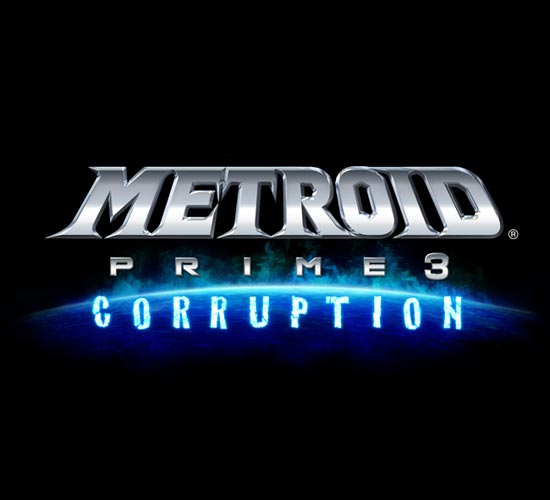


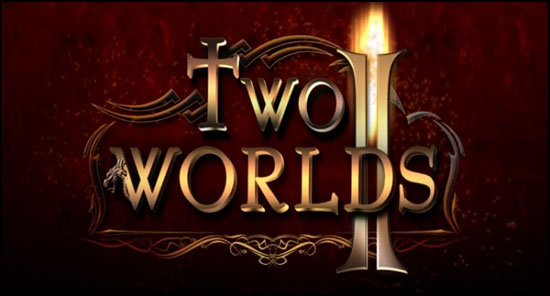

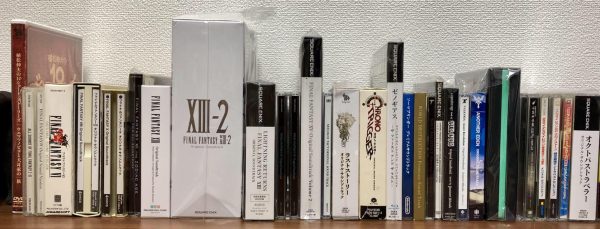
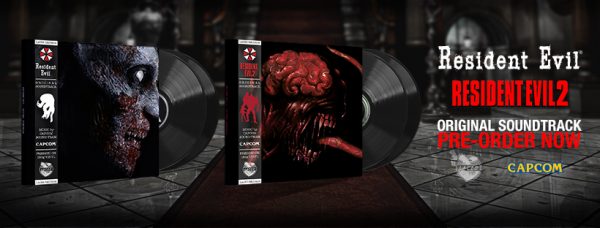
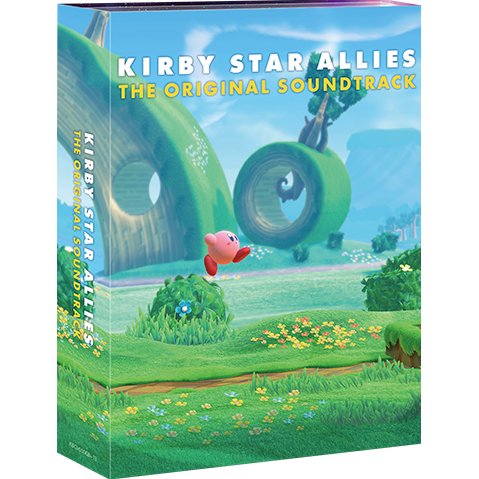

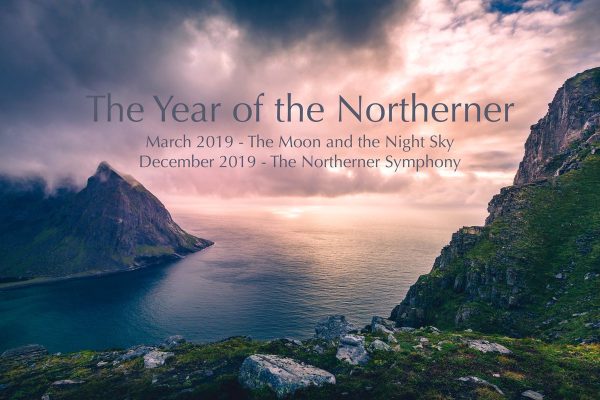
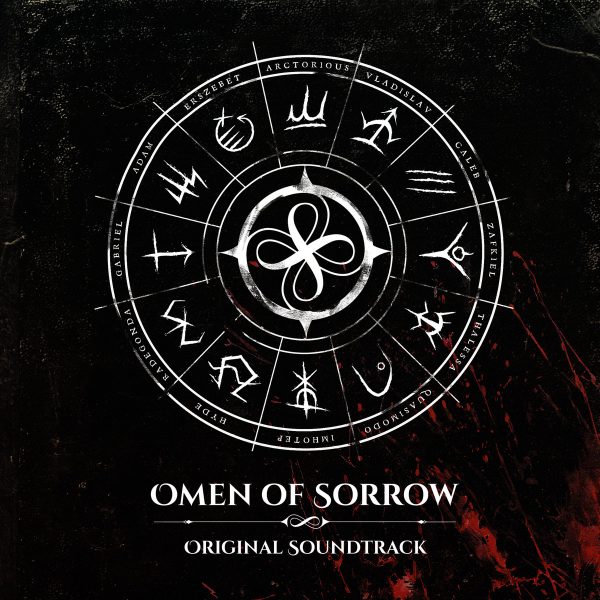
One of my least favorite parts of Euro-fantasy WRPGs is (usually) their music, which is ambiance and LOTR-isms. It might be one of the reasons I have such a difficult time finishing WRPGs, because the lack of dramatic audio really hurts the impact of “key” scenes, and it makes it much harder for me to get invested. Then there’s Mass Effect 2, which had totally rad music that got me juiced for the the finale and big missions.
It seems like the devs of TW^2 really worked hard to make sure people see that their first game’s lack of quality and polish wasn’t because they are lazy devs, and I think that the fact that the best foot was put forward in the audio department earns them even more kudos. Nice review, PG.